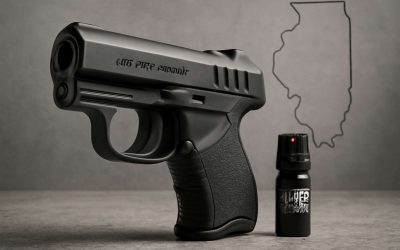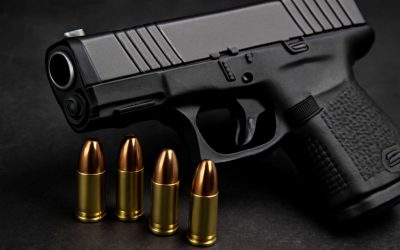
Less-lethal weapons are weapons that are not designed to kill human beings. Instead, they are intended to incapacitate people by causing physical discomfort and pain. They are often used to control large crowds or prisoners. The use of such weapons is increasing in law enforcement and military forces. However, injuries from the use of these weapons continue to be a major public health concern.
In the United States, the most well-known less-lethal weapon is the Taser. It is manufactured by Axon in Scottsdale, Arizona, and is the world’s leading electronic control weapon (ECW). This weapon was first introduced in 1989, and has been used by law enforcement and military personnel worldwide. Some of the newest Taser models have been developed, including the TLD Flashbang, which allows users to string together a number of devices.
While the use of less-lethal weapons is on the rise, their misuse has caused many deaths and injuries. These include the use of plastic and rubber bullets, which cause internal hemorrhaging, spinal shock and brain injury. Also, there have been reports of fatalities and injuries from the misuse of other crowd-control weapons, such as acoustic and laser interdiction systems, pepper spray, batons, and club-like weapons.
According to the United Nations Human Rights Guidance on Less-Lethal Weapons in Law Enforcement, the term “less-lethal” is not a license to use these weapons. Rather, the use of such weapons is governed by a range of legal, moral, and ethical considerations. Those considerations include potential for discrimination, risk of harm to uninvolved civilians, and the need to carefully control their use.
The DoD Non-Lethal Weapons Program was established in 1996 to research and develop intermediate force capabilities, which are tools that are between the lethal and non-lethal effects. It is a comprehensive effort that combines research and development, and field testing, for non-lethal weapons.
Several government agencies, such as the U.S. Army, have conducted research into less-lethal weapons. Their goal is to develop a more accurate definition of the technology, and standardized methodologies to conduct safety and efficacy testing. One project involved assessing the feasibility of a dart that would deliver an incapacitating chemical to a fleeing suspect.
The United Nations Human Rights Guidance on Less-Lethal weapons in Law Enforcement provides guidance to law enforcement and human rights defenders on the use of less-lethal weapons. The Guidance is aimed at law enforcement and other organizations, as well as states, and focuses on accountability and human rights mechanisms.
There are seven types of less-lethal weapons. These are: (1) acoustic hailing devices, (2) electronic control weapons, (3) flash-bang grenades, (4) long-range acoustic devices, (5) noise flash diversionary devices, (6) enhanced underwater loudhailers, and (7) laser interdiction systems. Each of these types is a specific application, and they are typically associated with riot control or peacekeeping operations.
The use of less-lethal weapons is on an upswing, and there is more scrutiny and discussion on their use. Although they are not a panacea, they are an important part of the conversation on the use of force.



0 Comments